-

Samsung’s first
Samsung Galaxy Ring
The Samsung Galaxy Ring is a debut for the brand, but also an extension in its lineup of wearables. It can track certain health and fitness metrics on battery life that can last up to seven days.
Pros- Slick and sleek design
- Excellent battery life
- Samsung phone isn’t a requirement
Cons- Exercise tracking isn’t extensive
- Expensive
-

Young upstart
Ultrahuman Ring Air
The Ultrahuman Ring Air is a debut for the brand, and it’s been built to look good while tracking a variety of metrics. Everything is available out of the box without the need for a subscription.
Pros- More color options
- App offers good health and fitness insights
- Excellent battery life
Cons- Sleep tracking could improve
- Could get scuffed up easily
This matchup pits two companies without a heritage in smart rings. On one hand, Samsung is a known entity that bided its time before entering this unique category with the Galaxy Ring after several others already had. On the other hand, Ultrahuman is an upstart, a brand without the name cachet that is trying to establish itself as a pioneer in the category itself.
Both don’t ask you for more money via subscription beyond the initial purchase, leaving them to prove themselves every time you wear them on your finger with similar expectations. They’ve each made the cut among the best smart rings, so there’s quality to consider here, but which one is worth putting on?
Price, availability, and specifications
The Galaxy Ring starts at $400 and comes in three design options: Titanium Black, Titanium Silver, and Titanium Gold. Samsung offers it in a range of sizes from 5 to 13, which you will confirm through the sizing kit — available online or on-site at participating retailers. There are no subscriptions or add-ons, though if Samsung chooses to go that route in the future, it’s unlikely to impact this particular Galaxy Ring, given it’s the company’s first.
The Ultrahuman Ring Air starts at $349 and comes in Aster Black, Matte Grey, Bionic Gold, and Space Silver. It comes in a range of sizes from 5 to 14, and the company will send you a sizing kit first to determine which size is best for you. No subscription is necessary to gain access to all of its features, and that hopefully won’t change for the foreseeable future.
Samsung offers trade-in deals if you’re willing to part with a smartphone, tablet, smartwatch, or laptop, and will accept devices from a variety of brands, though you’ll have to go through the process online to see how much you’ll get. Ultrahuman, being a smaller company, likely doesn’t have the infrastructure or partnerships necessary to run a trade-in program, so it’s not surprising that it’s not an option for the Ring Air.
As for how these two smart rings compare on paper, here are the specs:
-
Samsung Galaxy Ring Ultrahuman Ring Air Heart rate monitor Yes Yes Notification support No No Battery life Up to 7 days Up to 6 days Sensors Accelerometer; PPG; skin temperature PPG, skin temperature, motion, heart rate, SpO2 Water Resistance IP68; 10 ATM Up to 100 meters for up to 12 hours Ring sizing 5 – 13 5 – 14 Color Titanium Black; Titanium Silver; Titanium Gold Aster Black, Matte Grey, Bionic Gold, Space Silver Price $399.99 $349.00 Mobile Payments No No
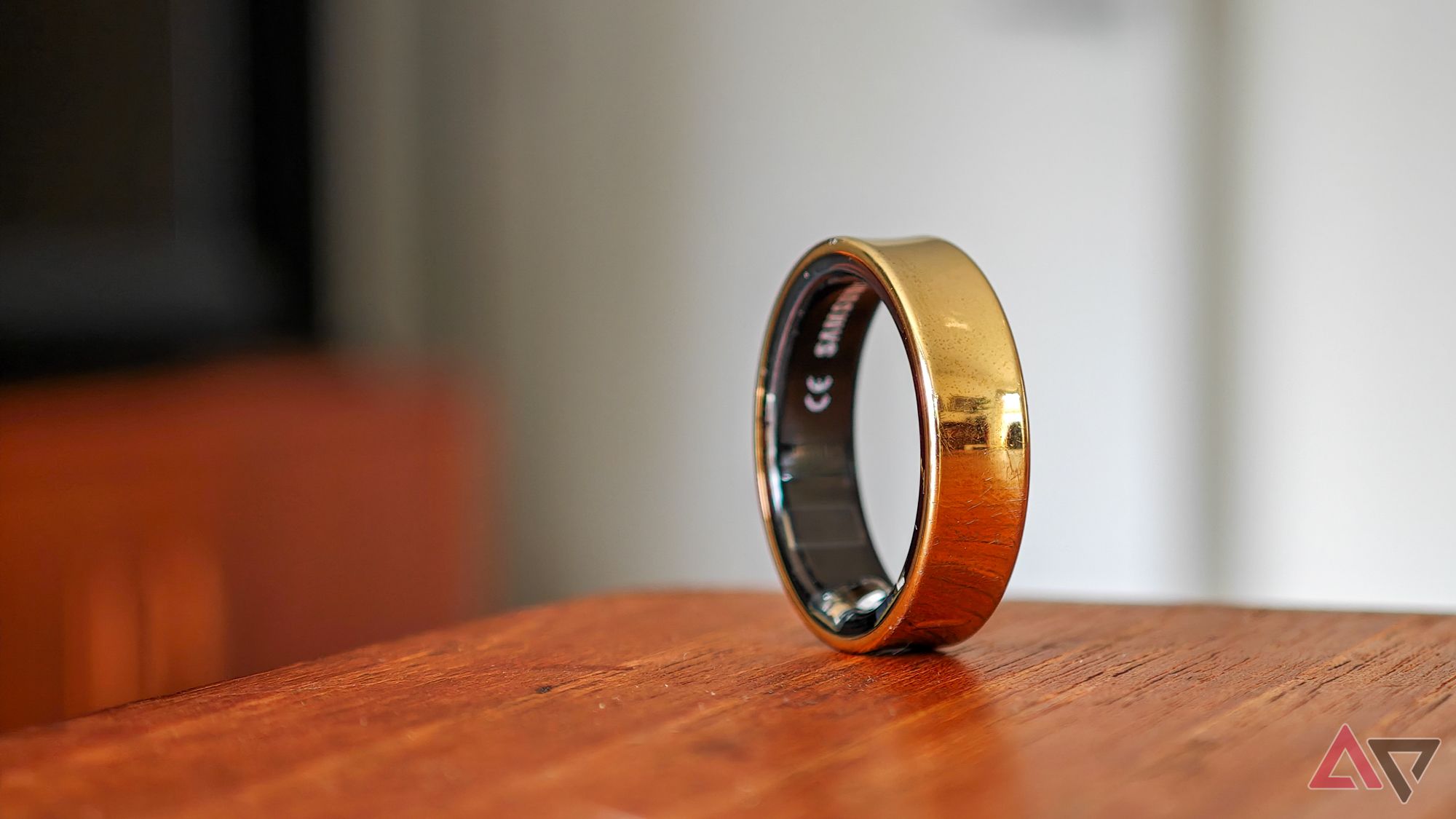
Read our review
Samsung’s Galaxy Ring is the best smart ring, for whatever that’s worth
For health nuts, but not fitness freaks
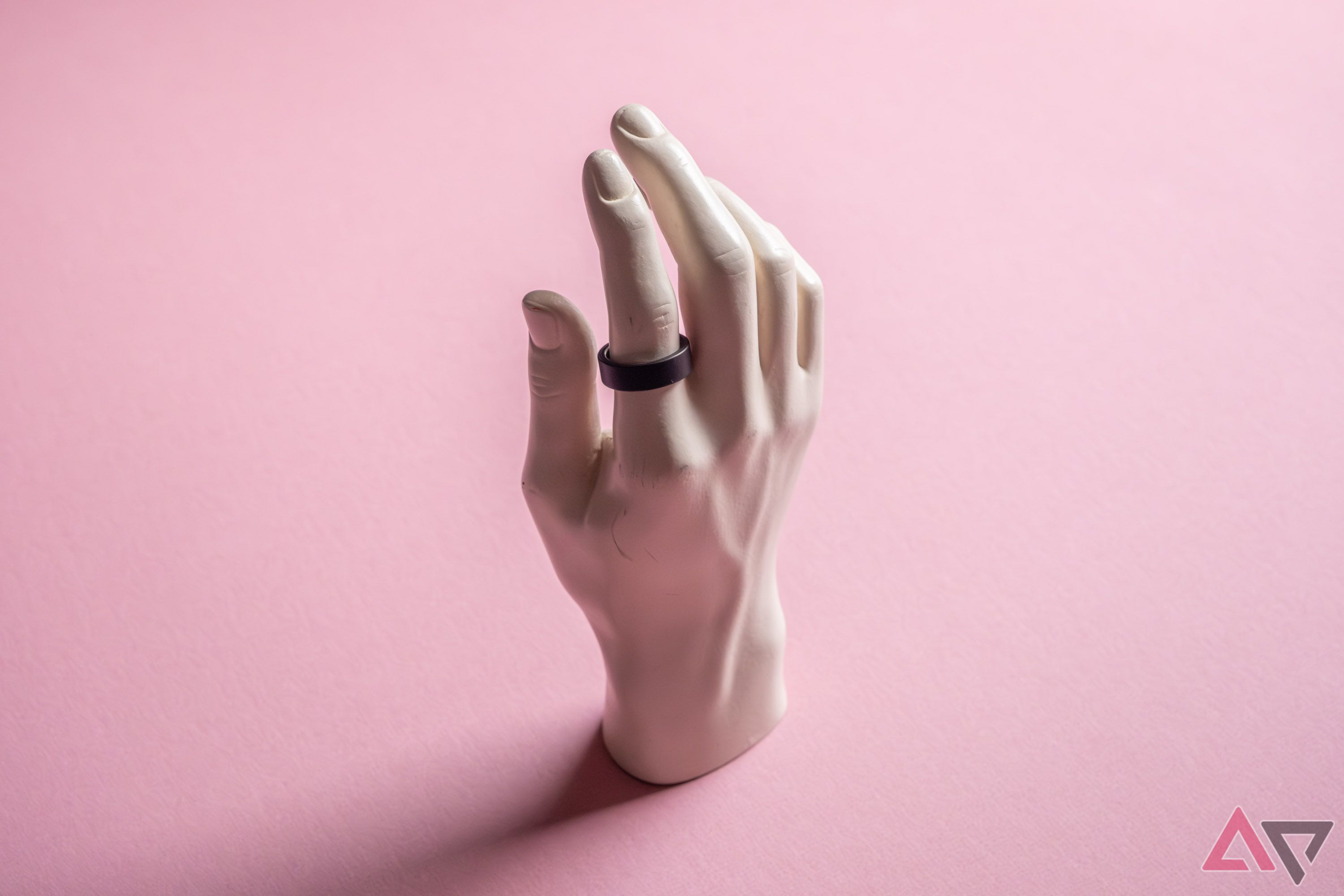
Read our review
Ultrahuman Ring Air review: A subscription-free Oura alternative
Unobtrusive health tracking without a fee in sight
Design
Staying on and keeping on
By waiting to release its smart ring, Samsung has the advantage of hindsight based on what other companies have done. That’s why it’s not a big surprise the Galaxy Ring appears slimmer than the competition.
Part of that is because of the subtle concave that gives it such a svelte look, no matter what angle you see it from. Samsung plays up the titanium body, though it’s actually a coating covering the mix of plastic and silicon underneath. Despite that, you still get solid protection with an IP68 rating, so you’re safe to swim with it on. You can actually take it diving and go as deep as 500 meters.
Samsung manages to do all this with a smart ring that weighs less than most others, making it comfortable for a broader set of fingers and hands. It helps that the onboard sensors don’t protrude through a module like some other smart rings do. If you want symmetry around the inner ring, then the Galaxy Ring offers that. The one thing you have to be mindful of is wearing it during weightlifting workouts because it might scratch.
As for the Ring Air, it isn’t necessarily a standout as far as how it looks; you could argue it’s almost indistinguishable from a standard band when you see it on one’s finger. However, it also depends on which color you have, since the black or grey variants aren’t as vibrant as the gold or silver ones.
Here, too, you get a titanium coating over the circuitry inside, not to mention comparable weight. It’s just that Ultrahuman’s ring isn’t as thin, so it will stand out more on thinner fingers in case that matters to you. Like the Galaxy Ring, expect scratches if you wear it while lifting weights or doing anything with a lot of physical contact. At least you can swim with it on, though not as deep due to its 100-meter limit.
While there is a proper way to wear the ring, it should feel like any other while doing so, which is what Ultrahuman claims it’s always striven for. Comfort is a big part of the pitch with this device, and what you feel from the sizing kit matches what you’ll get from the final product.
Software and tracking
All-in approach at your fingertips
For Samsung, the Galaxy Ring isn’t designed to be a standalone device, even though you don’t need a Samsung phone to use it. Still, it’s built to play nice with Samsung’s broader ecosystem, which is why pairing it with a Galaxy Watch sees the two hand off certain functions to each other.
For example, since the watch can automatically track more exercises than the ring can, it will initiate that once you start moving. Samsung Health pulls in data from both anyway to give you a holistic view. There are also special gesture controls that work when paired with select Galaxy phones, but they are limited and need more refinement.
The Galaxy Ring can track heart rate, sleep, and gauge readiness for the day ahead through an aggregated score. Despite that, it lacks some of the sophisticated guidance on caffeine and light exposure Ultrahuman has. That’s noteworthy for a smart ring that may feel more attuned to health tracking over fitness, though it’s going to be a subjective point depending on what you want to get out of wearing one.
The Ultrahuman Ring Air is equipped with a fair number of sensors to track activity and sleep. That includes a skin temperature sensor, and in a subsequent update, AFib detection to look out for an irregular heartbeat — a feature not typically seen in smart rings.
The idea behind the overall tracking situation is to help you understand how the metrics apply best to what you want to do. For example, it throws up caution if you want caffeine too soon after waking up to avoid an afternoon energy crash later on. It even goes as far as listing caffeine beverages that can affect your body in different ways depending on how late you drink them.
The Ring Air also tries to do similar things with exposure to light before winding down for bed.
Insights and suggestions extend to being active, too, with the Ring Air learning your routines over the first two weeks. The Ultrahuman app includes workouts and meditation practices to help keep you active and grounded as well. It’s just that the Ring Air doesn’t automatically start tracking all workouts, so you might need to keep your phone handy to be more specific.
Once you see all the data in the app, you get a pretty comprehensive layout to look at, with heart rate readings and how much you’ve moved or calories you burned each week or month, for instance. That doesn’t necessarily mean it’s always accurate, a factor that has dogged the Ring Air since it launched.
Battery life and charging
Good for the week
Smart rings don’t have screens or elaborate sensors that draw a lot of power, so battery life always outperforms smartwatches in that regard. Samsung claims the Galaxy Ring can last up to seven days on a single charge, but the fine print shows that only sizes 12 and 13 can make it that far. The smallest sizes go for no more than six days.
As for its charging cradle, it’s a slick design that also doubles as a carrying case, giving Samsung a decided aesthetic edge compared to others.
Ultrahuman can argue that it did that first by designing a very similar cradle, though Oura probably has something to say about that, too. The Ring Air can last up to the company’s claims of six days, though it depends on how much it’s actually tracking. At minimum, it should last three days, but it’ll likely go beyond that. Neither ring has an advantage in how long it takes to recharge, though, so you’re looking at 1.5-2 hours if charging from zero.
Which should you buy?
Samsung chose to wait, and it looks wiser for doing so. While it doesn’t necessarily offer the full breadth of features and tracking Ultrahuman does, it has the weight of an established ecosystem behind it.
On top of that, the Galaxy Ring tends to be among the most accurate smart rings available, even if you have to keep your phone handy to precisely time your workouts. Neither ring will cost you extra in subscriptions or add-ons, either, so you get the full experience out of the gate. That said, the interesting part will come in how future updates impact both devices.
For the sake of accuracy and integration alone, the Galaxy Ring is hard to beat in this matchup, especially since you can utilize it with any Android phone.
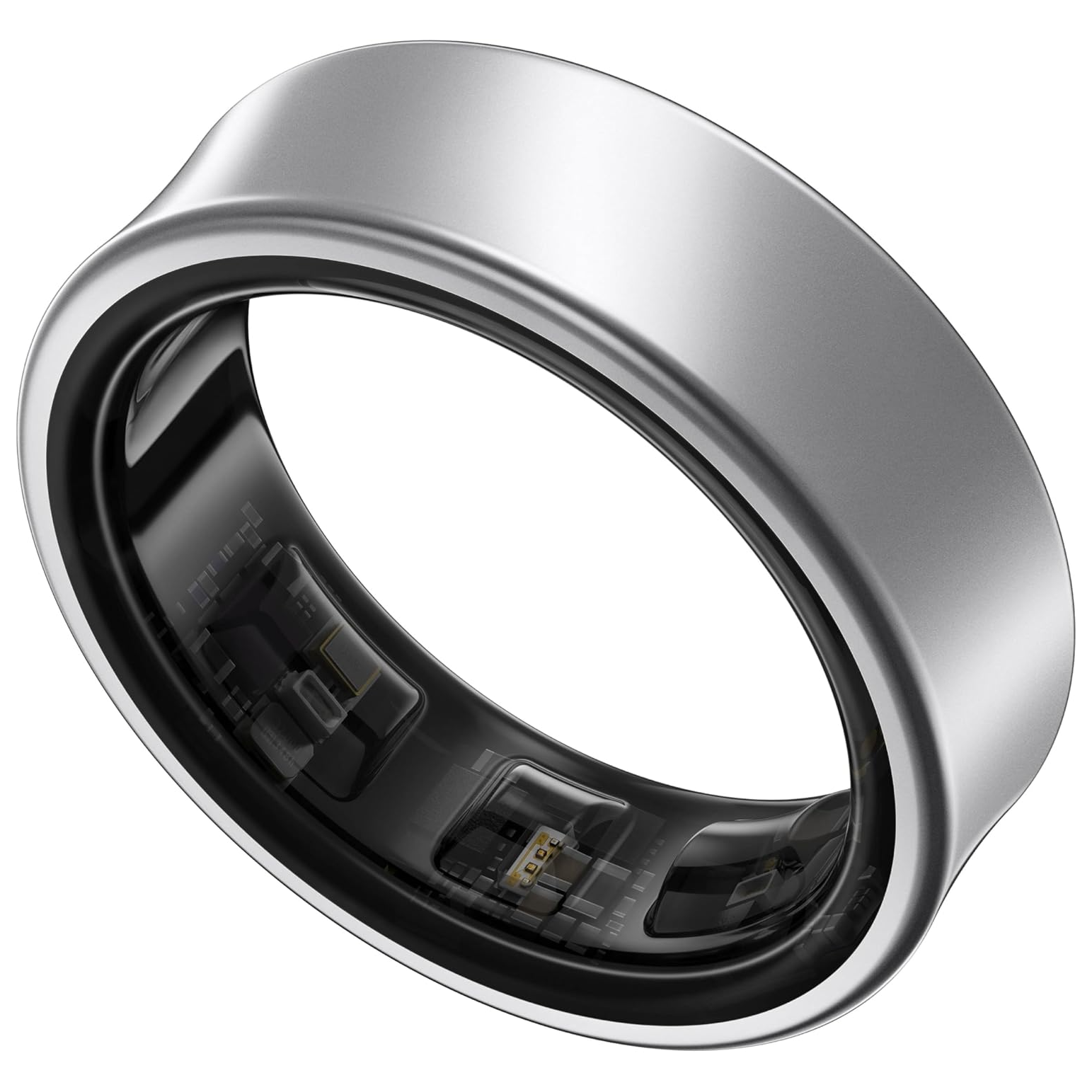
Galaxy not far away
Samsung Galaxy Ring
The Samsung Galaxy Ring comes in three different colors and offers a mix of health and fitness tracking on a daily basis by just wearing it on your finger.
The Ultrahuman Ring Air is no slouch, though, and it makes sense to consider wearing one if you care about some of the specifics, like AFib tracking. You just have to bear in mind that not all the numbers you see on the app may be accurate.
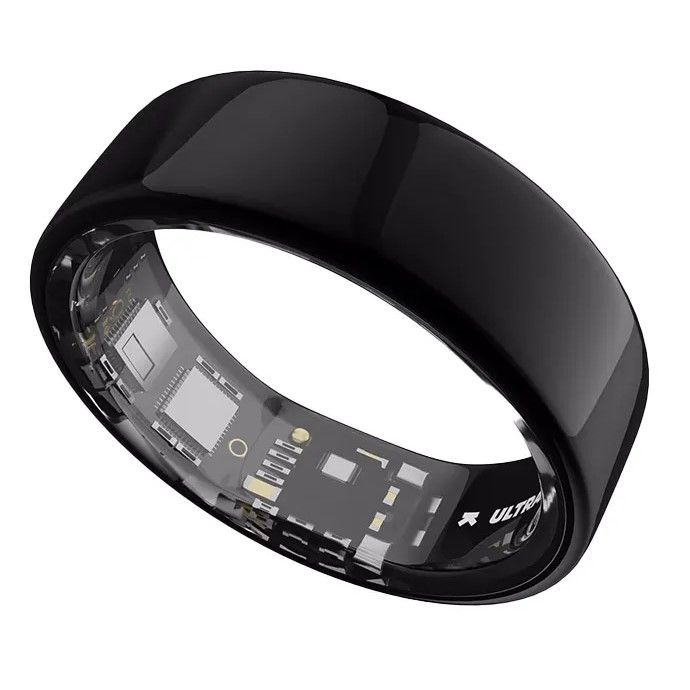
No extra money required
Ultrahuman Ring Air
The Ultrahuman Ring Air can track a number of health and fitness metrics, including AFib and caffeine intake, to go with the aesthetics of four different color options.

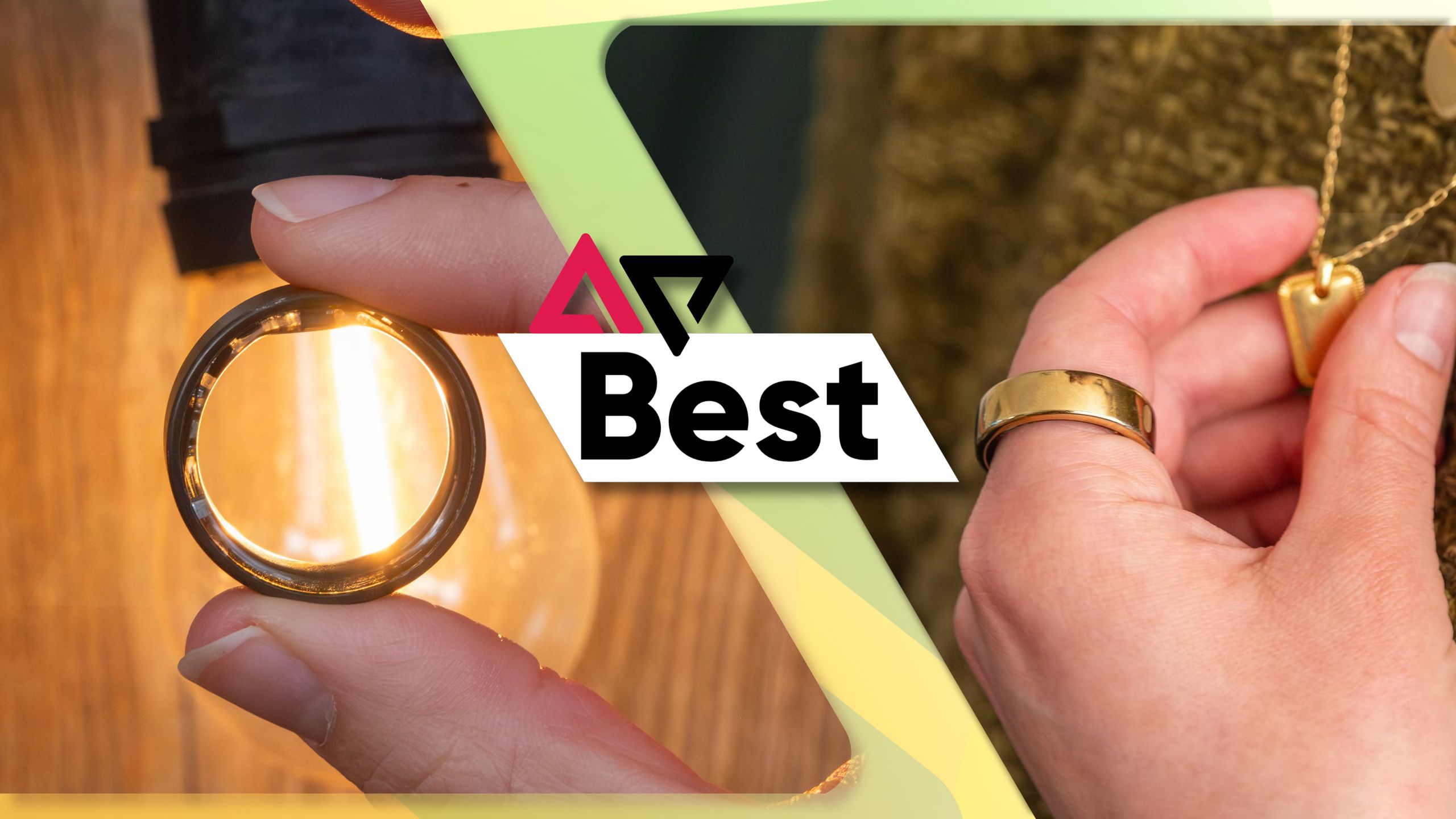
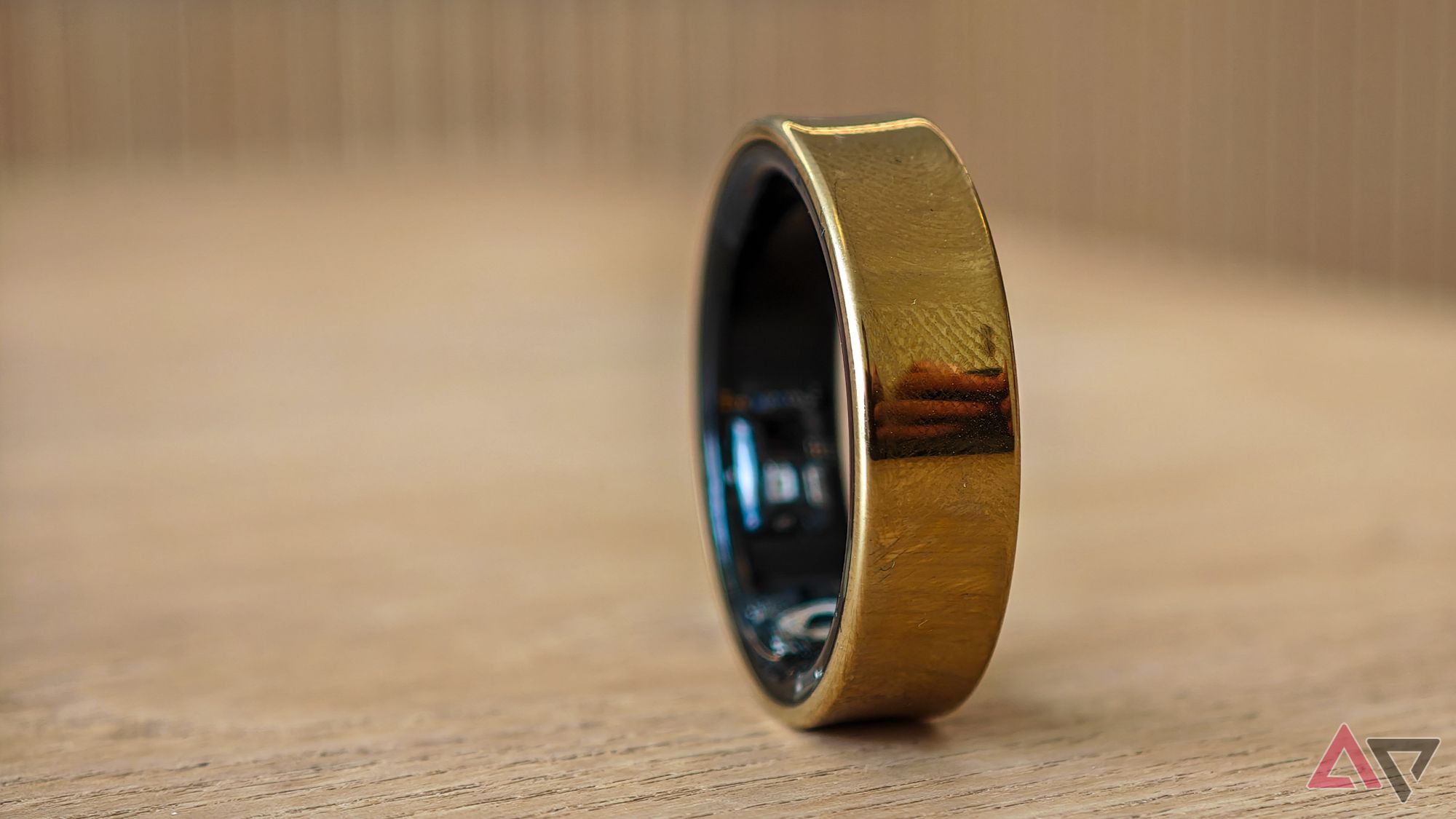
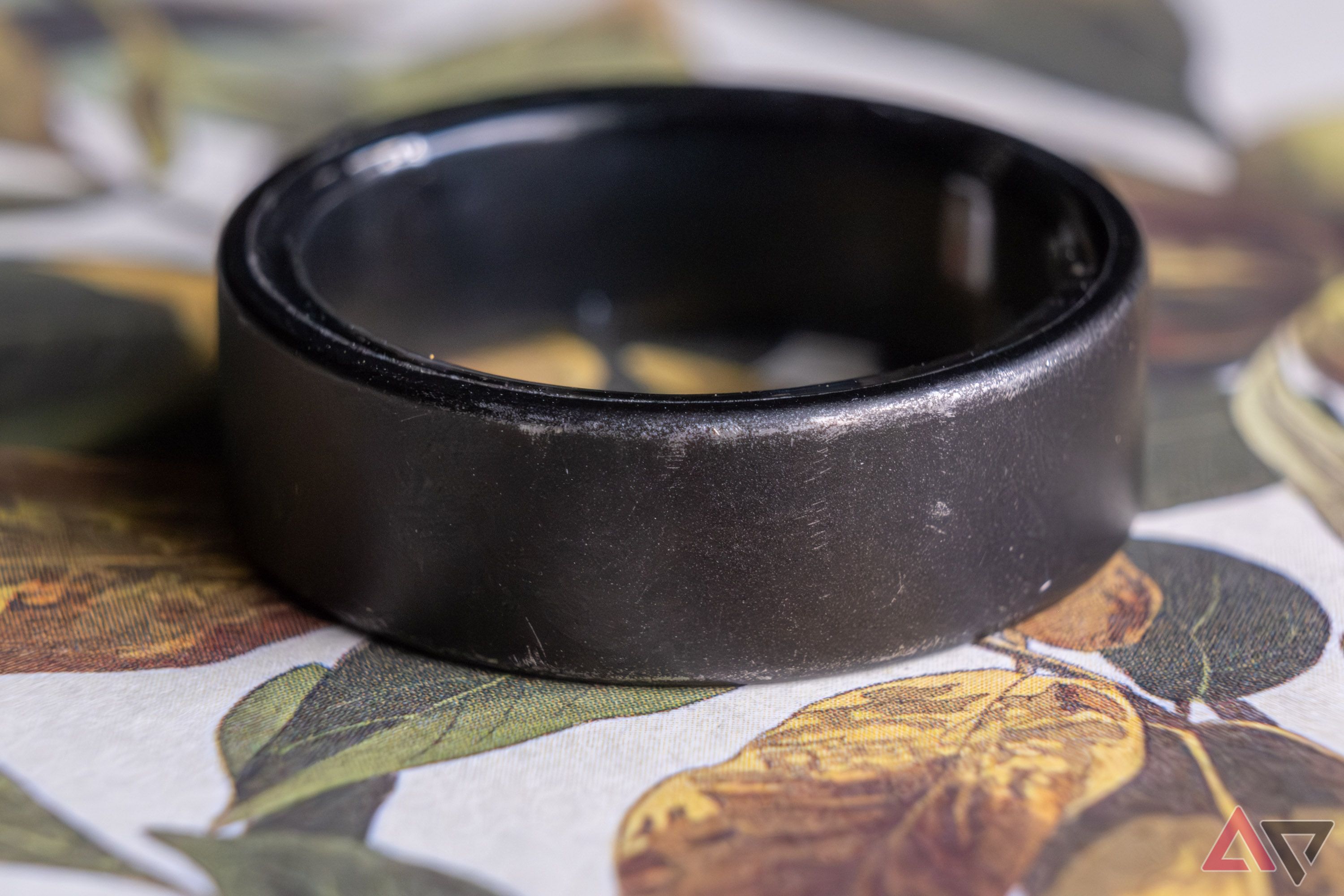

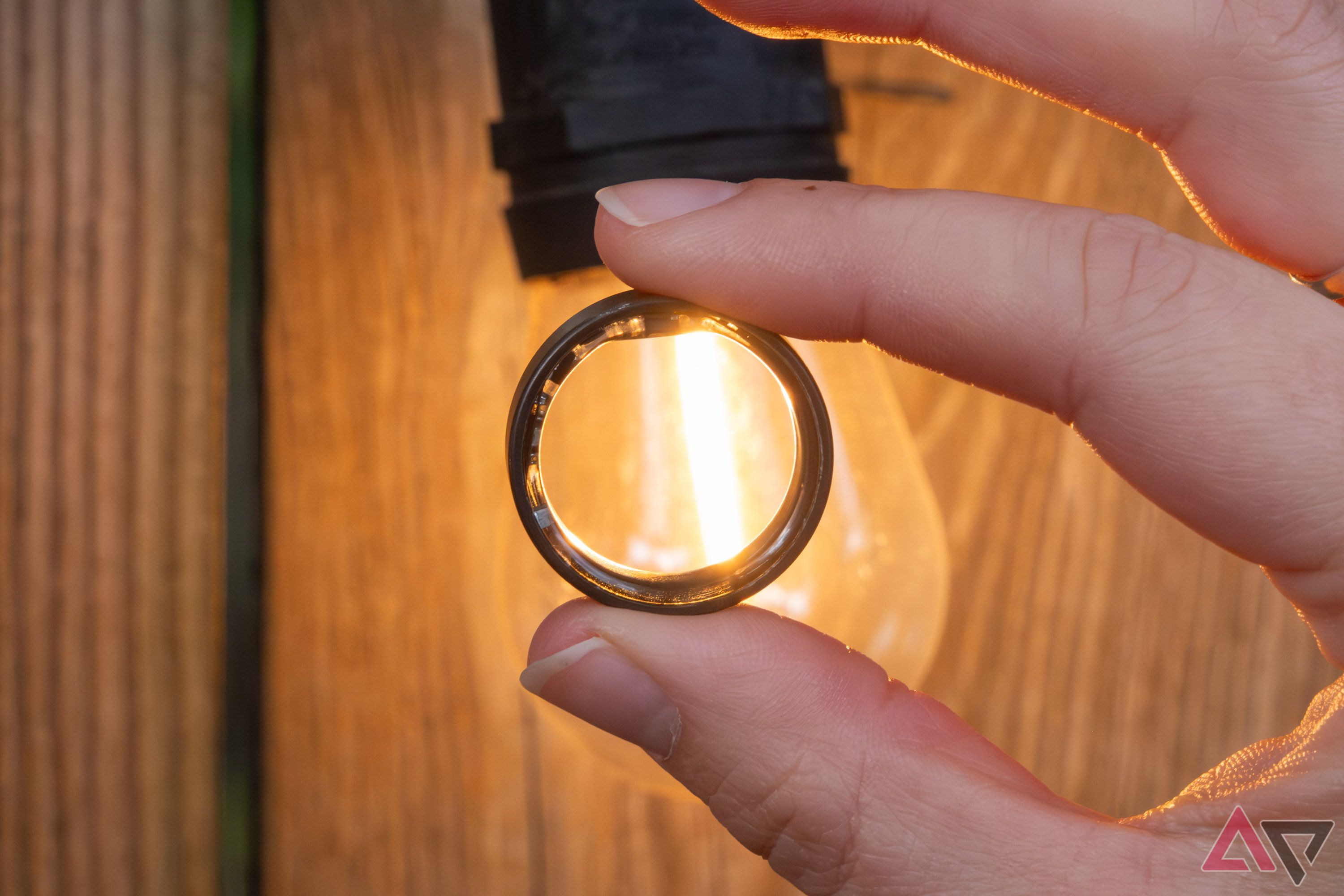
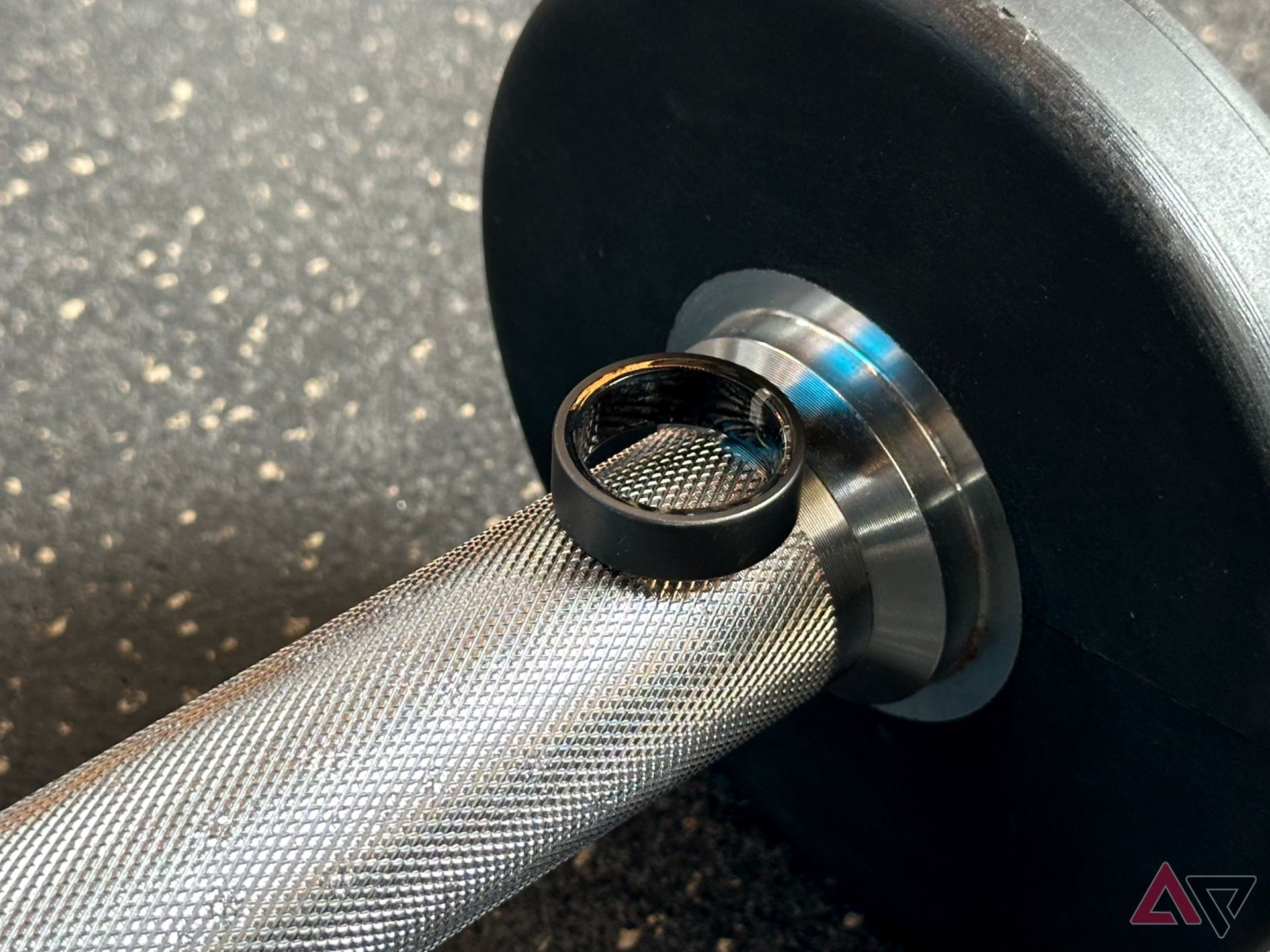
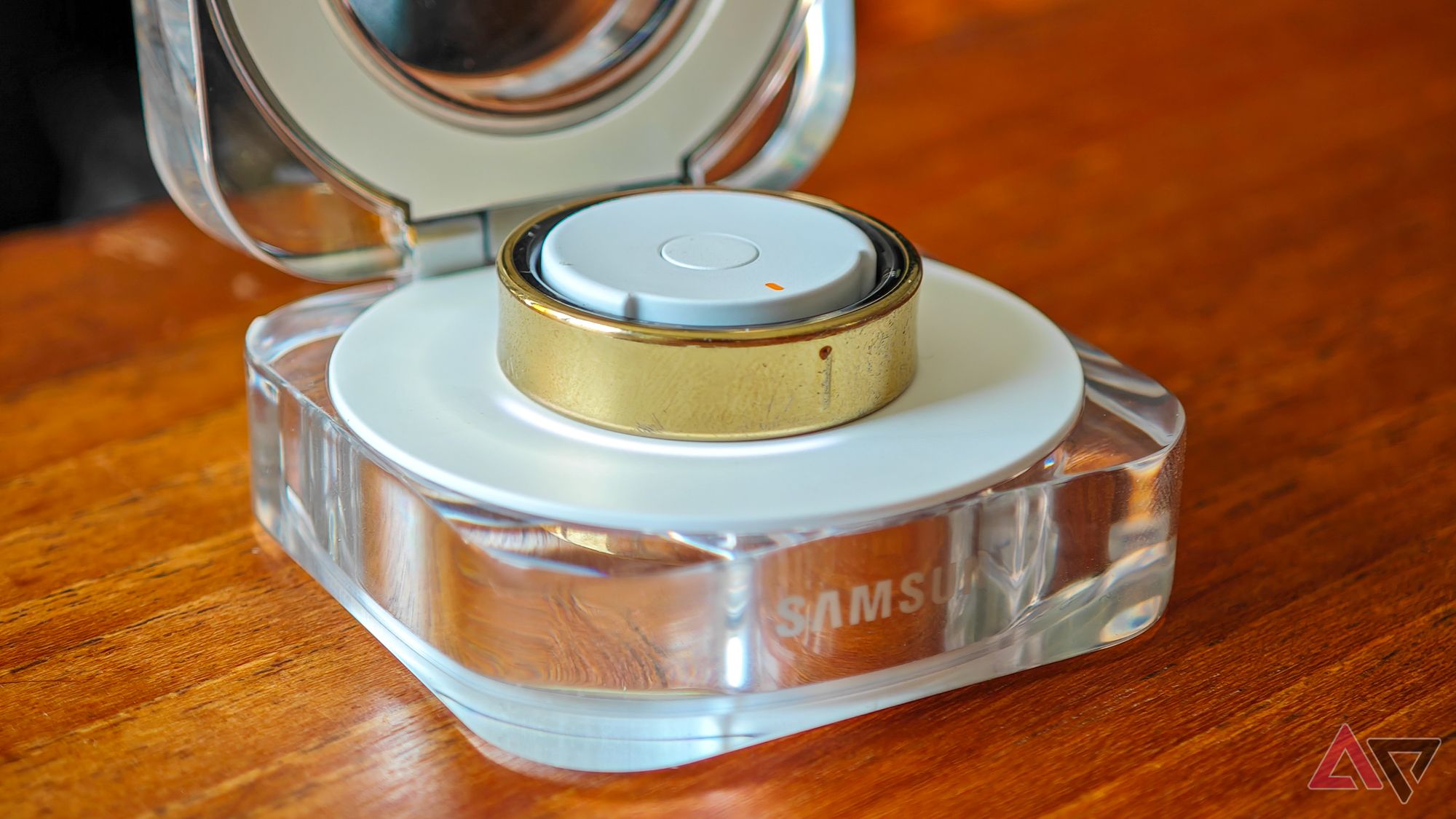
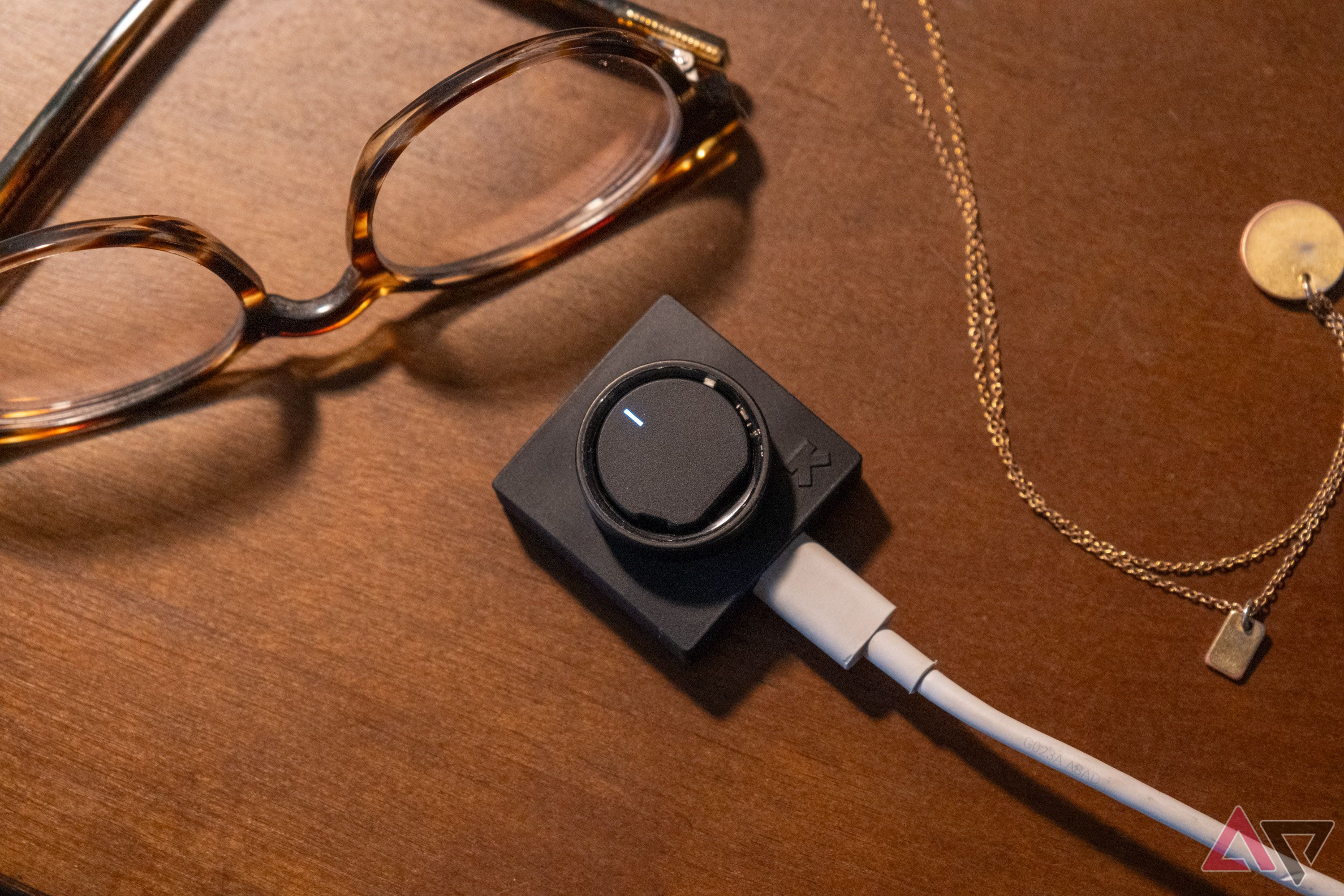



GIPHY App Key not set. Please check settings